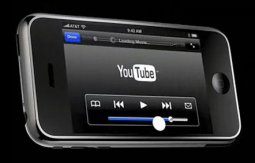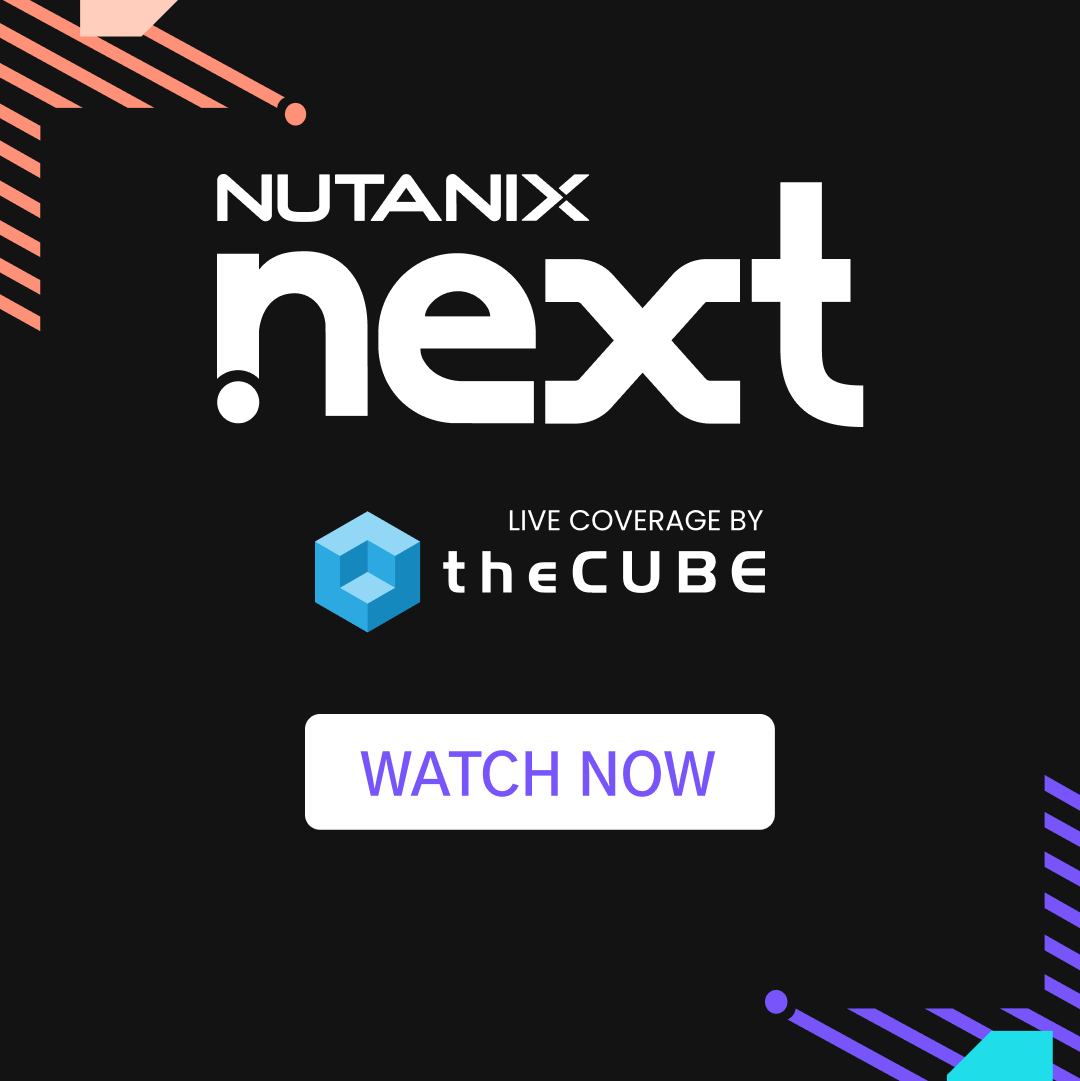Mobile Video: The Final Frontier for Ad Networks?
Earlier this month TechCrunch broke the news that mobile video ad platform Transpera had been acquired by online video ad network Tremor Media. The deal came almost exactly three months after Tremor’s last transaction, the purchase of video ad network ScanScout. The Tremor-ScanScout merger was part of a string of announcements in the online video ad space last fall which began with top 10 online display advertising network Specific Media acquiring video ad platform BBE and ending with another leading ad network, Undertone, buying Jambo Media, a video solutions company.![]()
With advertising a major theme at last week’s Mobile World Congress in Barcelona could this latest Tremor news set off the next round of capabilities expansion and provider consolidation amongst ad networks?
With online video projected to grow 55% annually through 2014, making it the fastest growing online ad format worldwide, it’s easy to see why there’s interest from both traditional display and pure play video ad networks in acquiring online video market share. Looking at recent industry trends and projections, mobile video might be poised to follow this same type of growth trajectory, creating a similar opportunity for ad networks looking to provide cross-platform digital ad solutions to agencies and advertisers.
- Devices: Worldwide smartphone shipments passed PCs in total volume for the first time in the 4th quarter of last year while tablet shipments, led by Apple’s iPad, are expected to reach nearly 56 million this year and 172 million by 2014.
- Network Traffic: In Cisco’s Visual Networking Index Forecast, updated this month, the company predicted that, by 2015, two-thirds of all global mobile data traffic would be video.
- Advertising: Mobile ad spending is projected to exceed $18 billion worldwide by 2015, representing over 15% of digital advertising’s spend. While in the U.S. video is expected to continue growing faster than any other mobile segment through 2014.
Together, these data points confirm that the PC-based era of the web has been officially replaced by the mobile web, which consumers are already taking advantage of through the proliferation of mobile device types. According to The Nielsen Company, Americans, led by teens and young adults, watch an average of 3 ½ hours of video a month on their mobile devices. To understand just how quickly video consumption habits are evolving look at YouTube’s announcement last month that it has reached 200 million video views per day on mobile devices- an increase of 300% over the beginning of 2010.
Media companies and marketers are looking at ways to quantify this audience in aggregate in an effort to bring advertising economics to parity across all “three screens” (television, web and mobile). This represents a big opportunity for ad networks willing to put forth the technical and execution effort to target mobile audiences fragmented by app-type (mobile web versus native apps), device (smartphones versus tablets), operating system (Android, BlackBerry, iOS, etc.) and ad unit interactivity (passive versus touch-screen).![]()
Because ad guidelines and standards for the mobile web are still maturing in comparison to display and online video, ad networks interested in entering the mobile video space would benefit from acquiring video delivery expertise and an embedded distribution network. Any M&A activity would involve one of these three types of acquisition strategies:
- Buy capabilities and market share: This tact was used by Specific Media to enter the online video market by acquiring a top 10 video ad provider and instantly gaining reach. If leading online video advertising networks BrightRoll and YuMe, which launched their respective mobile advertising solutions last fall, don’t see adoption of their offerings, they might be forced to take this route in order to match Tremor Media’s cross-platform scale in video. From the display advertising perspective, only Microsoft and Yahoo as well as the largest ad networks will be able to afford this type of acquisition due to lofty valuations in mobile and video.
- Buy capabilities, leverage market share in current business: Undertone took this route by leveraging its own scale on the display advertising side with its video technology purchase to become a top 10 online video ad provider of its own within a couple of months of the acquisition. This is the most capital efficient way for any ad networks to enter the mobile video business, though acting quickly will be the key to successfully executing this strategy due to the limited number of acquisition options and venture capital being invested in the segment.
- Extend capabilities and market share: As for Tremor Media, already a leader in the online video advertising space, its deal allowed the company to add product expertise (video overlay ads) while growing its reach and video ad volume. Millennial Media, the largest independent mobile ad network which raised $27.5 million earlier this year, and has raised $65 million overall, is the best positioned mobile ad network to take advantage of this strategy due to its profitability, exit options and capital on hand.
While Google bought its way into a dominate position in the U.S. mobile advertising market (including interactive video ad capabilities) with its purchase of AdMob last year, the growth of YouTube’s mobile website has allowed Google to become a cross-platform provider of mobile video monetization solutions. Apple on the other hand used its acquisition of AdMob competitor Quattro Wireless to build the iAd Network solely for its own mobile operating system (iOS). With two of the largest ad networks having been acquired by the two leading mobile operating platforms what merger opportunities still exist in mobile video advertising?
- JumpTap: The company added video to its suite of mobile ad formats last year in an effort to broaden its appeal to clients. JumpTap, which delivers ads across all major smartphone platforms (Android, BlackBerry and iOS) as well as the iPad, is considered the largest independent mobile ad network in the U.S. after Millennial Media. As such, the company will most likely have to wait and see what happens with Millennial (which will either go public or get acquired) before drawing interest from the likes of Microsoft, Yahoo and potentially Research in Motion (maker of BlackBerry) who have all been rumored acquirers of a mobile ad network and the only companies large enough to digest JumpTap’s $69 million in capital raised.
- Mogreet: The company provides mobile video advertising solutions through SMS and MMS mobile messaging services, allowing Mogreet to address the feature phone audience as well. Considering the limitation of their offering, especially when you consider the growth of the smartphone and tablet markets, and the $7 million invested in the company thus far, an acquisition of this company would be a stretch for a U.S.-based ad network but maybe not for a network in a large developing market such as Brazil, India, Indonesia or Russia where feature phones dominate the market.
- Rhythm NewMedia: From a pure play mobile video ad network perspective, Rhythm NewMedia has built the most envious, cross-platform network out there of the remaining independent players. The company, which recently raised $10 million, only works with premium brand advertisers and publishers across Android and iOS mobile platforms covering both smartphones and iPads. Having raised $37 million in total funding makes Rhythm a pricey acquisition for anyone not named Microsoft or Yahoo at this point though.
- Vdopia: While the company is an online video ad network with extensive operations and market share in India, it also operates iVdopia, a mobile video ad network. Its mobile offering covers both Android and iOS platforms (including iPads) as well as mobile websites. Claiming it has reached profitability, and with only $4 million raised, Vdopia would be a prudent acquisition for an online global ad network.

Beyond these mobile video ad companies there are several other start-ups that focus on providing rich media advertising solutions for smartphones, tablets and the mobile web that could provide the framework for a video offering for ad networks interested in getting into mobile video. Greystripe which focuses on rich media banner ads primarily for the iPhone, while supporting Android and Java feature phones as well, has raised the most venture capital of the group ($18 million), followed by Medialets ($10 million) and Crisp Media (at least $5 million). Greystripe’s strength is in its ability to transcode Flash ads into HTML5 in order to support Apple’s Flash-restriction on iOS devices. Both Crisp Media and Medialets, neither of which are an ad network but instead earn revenue from serving rich media ads to mobile devices, do provide video ad solutions for both smartphones and tablets. The biggest challenge facing these companies will be potentially pricing themselves out of the M&A market if they continue to raise capital. Based on this, Crisp Media might be an ideal technology pick-up for an ad network with a strong client-base and distribution network.
With the display inventory component of mobile advertising already being automated through demand side platforms like DataXu and real-time bidding exchanges like Mobclix, mobile video might be the last digital ad segment where ad networks can extract additional margin out of the industry through ad effectiveness and audience scale. Perfecting the online and app video experience will be important beyond just mobile as internet television, the next great digital ad opportunity, will leverage these advertising frameworks for its own platform monetization. As agencies begin to provide digital services at global scale to their advertising clients, ad networks that can deliver audiences across devices and digital formats, at scale, will garner the lion’s share of ad campaign dollars coming from these agencies going forward. To accomplish this ad network’s need to boldly go where most networks haven’t gone before.
Photo credit: fdecomite/Flickr
A message from John Furrier, co-founder of SiliconANGLE:
Your vote of support is important to us and it helps us keep the content FREE.
One click below supports our mission to provide free, deep, and relevant content.
Join our community on YouTube
Join the community that includes more than 15,000 #CubeAlumni experts, including Amazon.com CEO Andy Jassy, Dell Technologies founder and CEO Michael Dell, Intel CEO Pat Gelsinger, and many more luminaries and experts.
THANK YOU





















